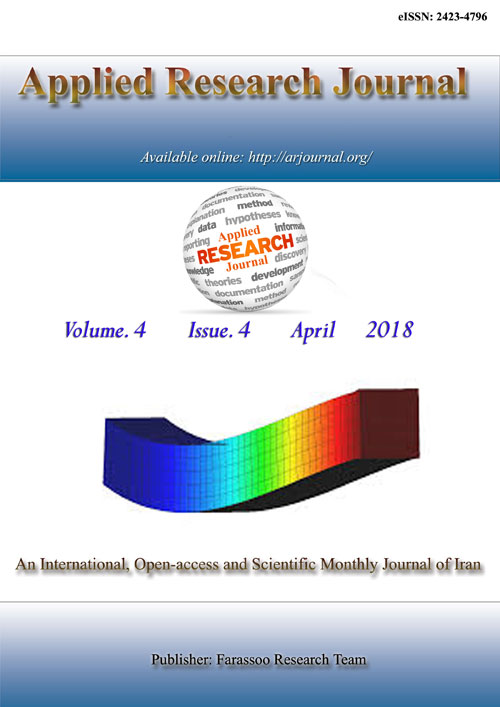Ayegba Po *, Ajibili H., Abdul Musa
Pages 43-48
Nigeria ranks among the worlds largest producers of grain, producing a variety of grains such as maize, millet and rice etc. Grains remain the largest source of staple food in the country. These grains not only constitutes a major part of mans diet, supplying nutrients such as carbohydrate, protein, vitamins etc., but is also used for feeding of livestock and for production of other by products. Despite these, lack of proper storage makes availability of grains only seasonal. This work seeks to provide a cheap, efficient and effective means for preserving these grains. Though other techniques of drying exist, this work presents a novel design and uses cheap and readily available fuel source. One important feature in the design is the use of steam recirculation system and heat exchangers for the heating of ambient air which in turn is used for the drying of the grains. The choice of steam was informed by its high heat retaining capacity. Other features include preheating using recovered heat from spent air, drum drying chamber with installed impellers for grain mixing and temperature controls. The economics of the process was ensured by proper material selection, proper lagging, heat recovery and recycling of steam among others. Test was performed using maize having an initial moisture content of between 20- 45% wet bases (semi-dried). Time required to reduce the moisture content to 5% wet basis was found to be a function of drying temperature, initial moisture content and flow rate of air and optimum drying temperature wasdetermined to be approximately 800C.
Keywords:
Charcoal Fuel, Drying, Grains, Design



